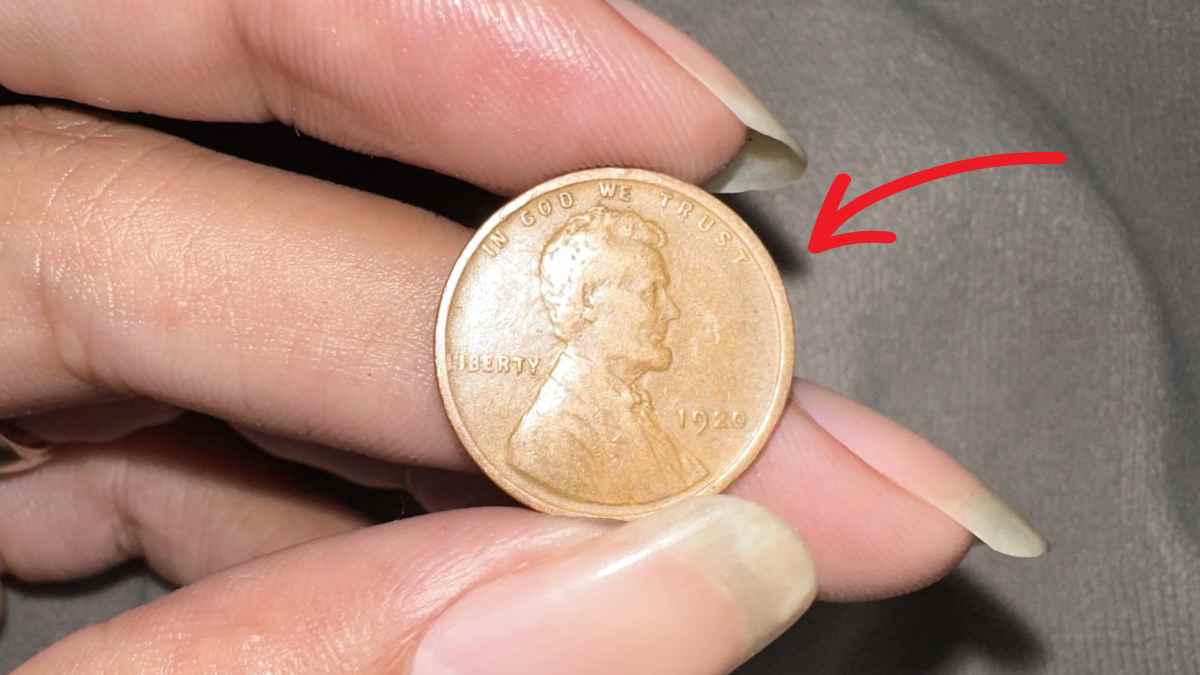Some online claims allege a single Wheat Penny could fetch $121 million, but specialists warn there’s no evidence of such sky-high figures.
Every coin collector has dreamed of stumbling upon a priceless penny. Lately, bold headlines have suggested a Lincoln Wheat Penny is worth $121 million—an astonishing sum that has sparked curiosity across the United States. However, numismatic authorities stress no auction or official valuation approaches that figure. So, what are the real facts behind these elusive coins?
Detailed explanation of potential impact on US coin collectors searching for rare pennies
Despite the buzz, seasoned collectors confirm that record-breaking Wheat Pennies have sold for a fraction of $121 million. For instance, the famous 1943 copper penny once fetched around $1.7 million—a remarkable amount, but nowhere near nine digits. These exceptional pieces often involve mint errors or extremely low mintage, making them scarce. Nevertheless, because Wheat Pennies (minted from 1909 to 1958) still turn up in pockets today, many enthusiasts keep an eye out for hidden treasures.
Can they fine you for misidentifying a collectible penny? The answer is no. There’s no penalty for overlooking a rare coin, but missing it means losing a potential windfall. Even if you find something special, it’s perfectly legal to keep or sell it. Just make sure you’re aware of its real worth.
Why rumors of a Lincoln Wheat Penny reaching millions continue to circulate online
Misinformation often spreads when viral posts tout jaw-dropping valuations, hoping to grab attention. Numismatic experts say these rumors might come from confusion over high-profile auction results. Although certain pennies truly can sell for hundreds of thousands or over a million dollars, no verified sale has hit the $121 million mark. These inflated headlines end up fueling unrealistic hopes among casual collectors.
Years ago, President Donald Trump ordered a halt to penny production due to rising minting costs—each coin cost more than its face value. While this proposal caught national headlines, the penny remains in circulation today. That development unexpectedly piqued new interest in existing pennies, particularly older “Wheaties.” The possibility of a discontinued denomination often nudges people to check their spare change for overlooked rarities.
Step-by-step recommendations for identifying and valuing your Lincoln Wheat Pennies
It’s wise to stay organized and informed if you’re hunting for a valuable Wheat Penny:
- Check the Date: Key years include 1909-S VDB, 1914-D, 1922 (no “D” mintmark), 1943 (copper), and 1955 (double die).
- Inspect the Mintmark: An “S” (San Francisco) or “D” (Denver) can mean higher rarity.
- Look for Errors: Obvious doubling of letters, missing mintmarks, or metal mismatches point to unique value.
- Compare Auction Results: Track reliable numismatic sites to gauge your coin’s potential market price.
Below is a quick reference table with notable Wheat Penny highlights:
| Penny Variation | Notable Feature | Approximate Top Value |
|---|---|---|
| 1909-S VDB | Designer’s initials on reverse | $168,000+ in top grades |
| 1914-D | Scarce Denver mintage | $180,000+ in high grade |
| 1943 Copper | Error coin (bronze instead steel) | $1.7 million record sale |
| 1955 Doubled Die | Visible doubling of text | $20,000+ in near-mint |

